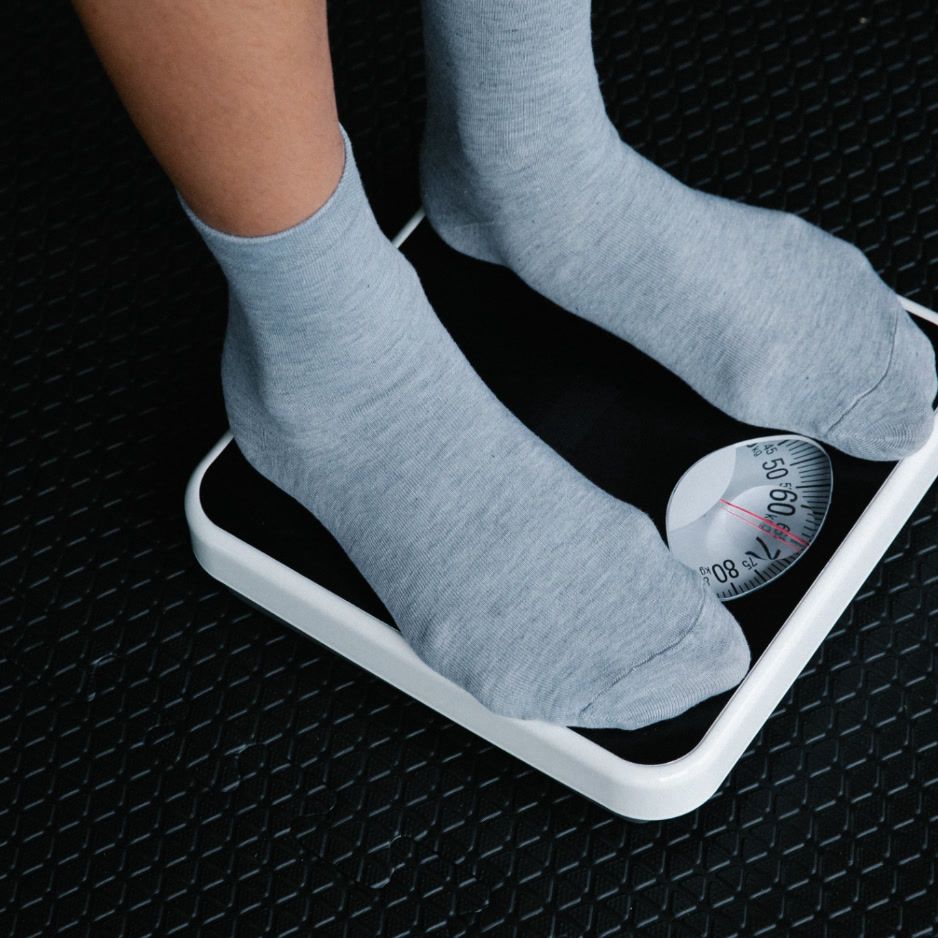Subcutaneous Fat vs Visceral Fat

Fat is an essential component of the human body that provides energy, insulation and cushioning. However, excessive accumulation of fat, especially in the abdominal region, can have negative effects on health. There are two main types of fat in the body: subcutaneous fat and visceral fat. Understanding the difference between these two types of fat and their impact on health is important for maintaining a healthy body.
Get weekly updates.
What is Subcutaneous Fat?
Subcutaneous fat is the layer of fat located just below the skin. This type of fat is visible when it accumulates in certain parts of the body such as the hips, thighs, arms and belly. Subcutaneous fat is stored in small pockets and is the first layer of fat to be burned off during exercise or dieting.
What is Visceral Fat?
Visceral fat is located deep within the abdominal cavity and surrounds the internal organs, including the liver, pancreas and intestines. Unlike subcutaneous fat, visceral fat is not visible from the outside, but it can be measured using techniques such as body imaging scans.
Health Implications of Visceral vs Subcutaneous Fat
Although both types of fat play a role in overall body weight, the health implications of subcutaneous fat and visceral fat are different. Subcutaneous fat is generally considered to be less harmful than visceral fat. It does not directly impact the organs and does not cause inflammation.
On the other hand, high levels of visceral fat have been linked to a range of health problems, including cardiovascular disease, type 2 diabetes, and certain types of cancer. This is because visceral fat secretes hormones and other substances that can negatively impact the body's health. High levels of visceral fat have also been linked to a higher risk of insulin resistance, which is a precursor to type 2 diabetes.
Measuring Visceral Fat Levels
Measuring fat levels is important for understanding the distribution of fat in the body and the potential health risks associated with excessive fat accumulation. A common way to measure body fat is through body imaging scans, such as a DEXA (Dual-Energy X-Ray Absorptiometry) scan. This type of scan uses low-dose X-rays to accurately measure the density of body fat, bone and muscle.
A DEXA scan can provide information on the distribution of fat in the body, including the amount of subcutaneous fat and visceral fat. This information is important for identifying the risk of certain health problems associated with excessive fat accumulation.
It is important to understand the difference between subcutaneous fat and visceral fat. While both types of fat play a role in overall body weight, the health implications of these two types of fat are different. High levels of visceral fat have been linked to a range of health problems, including cardiovascular disease, type 2 diabetes, and certain types of cancer. Measuring fat levels using techniques such as DEXA scans can provide important information for understanding the distribution of fat in the body and the potential health risks associated with excessive fat accumulation.
Get a Test to Understand Your Level
Measuring and reducing visceral fat is important for maintaining good health. Waist circumference and body composition scans can help you determine the amount of visceral fat you have, and a combination of diet, exercise, and sleep can help you reduce it.
You can measure your body fat and composition, lean mass gains and losses over time, and bone health, by getting regular DEXA scans.
DEXA scans can help you pinpoint regional changes in your muscle and fat as you work towards your goals. Your data will accrue and compare side by side in your BodySpec reports, so you can stay on track to being your best self. Book an appointment today!
Citations
Ibrahim, M. M. (2010). Subcutaneous and visceral adipose tissue: structural and functional differences. Obesity Reviews, 11(1), 11-18. https://onlinelibrary.wiley.com/doi/full/10.1111/j.1467-789X.2009.00623.x
Tchernof, A., & Després, J. P. (2013). Pathophysiology of human visceral obesity: an update. Physiological Reviews, 93(1), 359-404. https://journals.physiology.org/doi/full/10.1152/physrev.00033.2011
Fox, C. S., Massaro, J. M., Hoffmann, U., Pou, K. M., Maurovich-Horvat, P., Liu, C. Y., ... & Murabito, J. M. (2007). Abdominal visceral and subcutaneous adipose tissue compartments: association with metabolic risk factors in the Framingham Heart Study. Circulation, 116(1), 39-48. https://www.ahajournals.org/doi/full/10.1161/circulationaha.106.675355
Kaul, S., Rothney, M. P., Peters, D. M., Wacker, W. K., Davis, C. E., Shapiro, M. D., & Ergun, D. L. (2012). Dual-energy X-ray absorptiometry for quantification of visceral fat. Obesity, 20(6), 1313-1318. https://onlinelibrary.wiley.com/doi/full/10.1038/oby.2011.393
Porter, S. A., Massaro, J. M., Hoffmann, U., Vasan, R. S., O'Donnel, C. J., & Fox, C. S. (2009). Abdominal subcutaneous adipose tissue: a protective fat depot? Diabetes Care, 32(6), 1068-1075. https://care.diabetesjournals.org/content/32/6/1068.long


